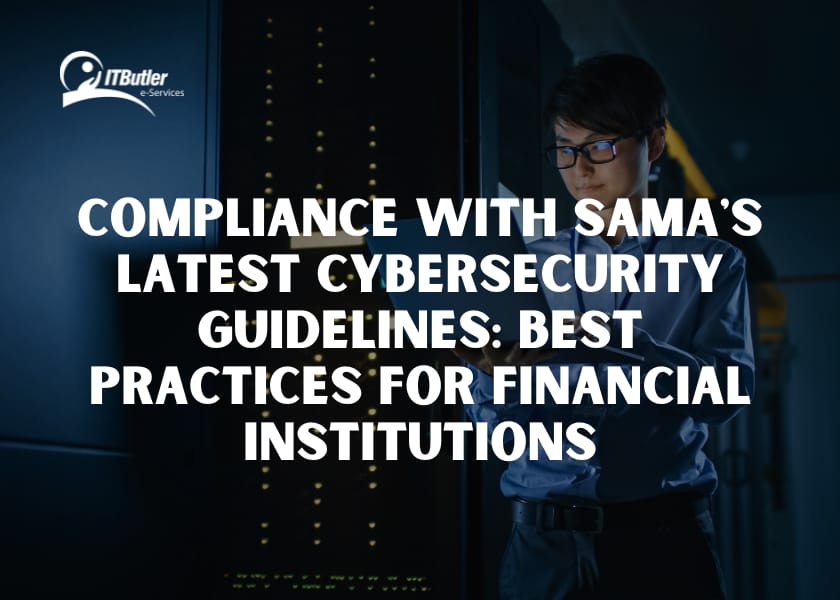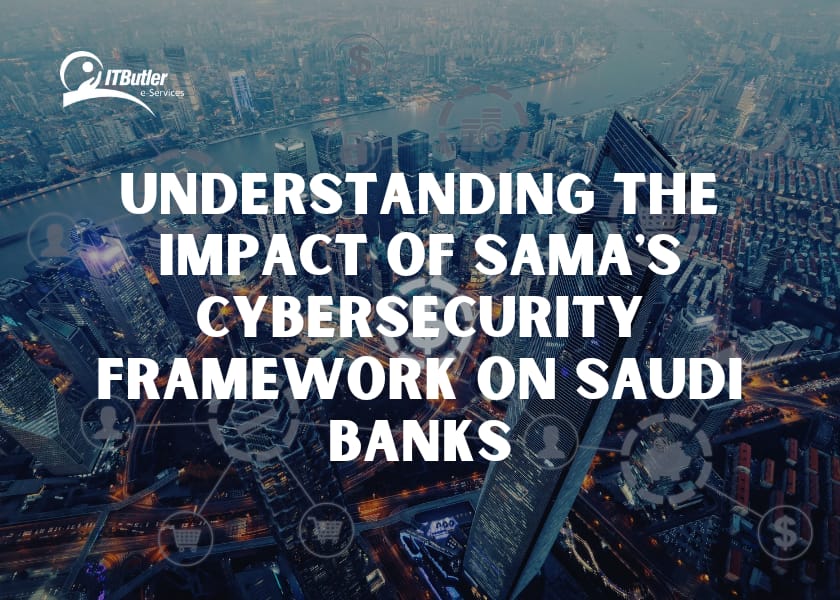Now imagine your network is a booming city. You have security cameras, guards and alarms at each corner stand. Sounds safe, right? But what if those alarms, guards, and cameras are only watching the main street while thieves sneak through the back? Well, you’re entering the world of NDR pitfalls where even the best defenses can fall into some pretty big traps. However, there is no need to worry as we are going to discuss the pitfalls and how to avoid them.
NDR Pitfalls And Ways To Avoid Them
1. The Alert Overload Trap
Alert overload is one of the most frustrating NDR pitfalls. It’s like sitting here with your phone pinging every five seconds with notifications. As a result, you tend to ignore it, right? However, that’s what is happening in NDR. You are building a warning system that warns you of every imaginable hazard. But when it gets too irritating, your team ends up ignoring it. However, in this way, they are likely to drown in false positives and easily miss the real danger.
How to Avoid this?
- Clean out the noise in your alerts. You don’t want to be notified about every little hiccup.
- Set priority levels so that your team immediately knows when to take action and when they can let something slide.
- Employ machine learning capabilities to make your NDR tools smarter over time, eliminating unnecessary alerts.
It is better to have a few meaningful alerts rather than hundreds of meaningless ones.
2. Ignoring East-West Traffic
Many businesses pay attention to north-south traffic (data coming in and going out through your network). But leave eastern-western traffic (the data streaming through it) alone. However, it’s like putting an alarm on your front door but letting the windows open wide. Hackers enjoy this because once inside, they can roam around undisturbed.
How to Avoid this?
- Monitor east-west traffic with the same vigilance you use on your network’s external boundaries. Internal movement can reveal a hacker’s presence faster than you’d think.
- Use micro-segmentation to limit the extent to which an attacker can roam if they get inside.
- Moreover, review and update your access controls regularly to ensure only users get access to what they need.
East-west traffic monitoring can save you from the digital equivalent of someone wandering unnoticed in your house.

3. The Lack of Context
Let’s say your NDR tool flags suspicious activity. That’s great! But what happens next? If you don’t understand what alert means. However, it just means you are scratching your head. Well, here is where many businesses stumble. They get alerts without knowing the full context timeline, no related events, just random signals. As if getting half the puzzle pieces for a completed game.
How to Avoid this?
- So that your NDR solution should deliver context with every alert. As the correlated events, timelines, and system details add up to a greater understanding.
- Integrate NDR with your SIEM tools to provide maximum visibility into all security events.
- Make use of threat intelligence to contextualize the nature of attacks and tactics that might be in play.
4. Insufficient Incident Response
You’ve felt the threat. But what do you do next? One of the most common NDR pitfalls is not having an incident response plan. However, if your team doesn’t know what steps to take when a threat is detected, they will caught in headlights. It means they’ll be frozen in place while the danger barrels towards them.
How to Avoid NDR pitfalls?
- Have a thoughtful incident response plan in place and clearly outline what to do for the detection of threats.
- Train your team on regular mock scenarios. Think of it like fire drills for cybersecurity.
- Assign clear roles and responsibilities so everyone knows their part when the real thing happens.
Preparation is key here. You don’t want your team panicking when it matters most.
5. Neglecting Encryption
Just leave your valuables locked up in the safe, with the combination written on a Post-it note next to it. That is the result when network data is not encrypted. However, NDR tools are fantastic for finding unknown traffic, they cannot do much if hackers get your unencrypted data.
How to Avoid this?
- Ensure that all sensitive data is encrypted whether in rest or transit.
- Use NDR tools that can detect threats even in encrypted traffic thus ensuring your data has all protections.
- Encryption protocols should be updated frequently in line with current best practices.
Encryption is one of the last defense layers hence you cannot afford to do it on a cheap scale.
6. Failure to Integrate NDR with Other Tools
It is also the most common NDR pitfall. Network Detection and Response is very powerful, but only when used together with other security technologies. As NDR is just one ingredient in cooking. If you do not combine the right spice mixes, then you are not going to enjoy the full flavor of your strategy.
How to Avoid this?
- Integrate NDR tools with your other security systems, SIEM, EDR, and threat intelligence platforms.
- Ensure that your security tools share data well, minimizing blind spots and response times.
- Using automation links NDR to an incident response that can help speed up containment and resolution.
NDR is a team player. Don’t make it work alone!
7. Underestimating the Importance of Automation
Manually scanning network traffic and then responding to threats is a hectic task to do. However, you’re chasing around stuff, and it’s slow, and it’s tiring, and you’re going to miss the important stuff. In contrast, automation is like having a super-speedy robot playing for you that can see everything.
How to Avoid this?
- Use automation for such routine tasks as threat detection and alert triaging to avoid NDR pitfalls.
- Apply AI and machine learning so that your NDR tools only become smarter by learning with new threats over time.
- Automate each phase of the process for incident response so that containment and neutralization of threats occur.
Let machines do all the heavy lifting so that your team can focus on more strategic use cases.
8. Skipping Post-Incident Reviews
Most teams seem to relax once the threat is gone but here’s the thing you don’t discuss the mistakes that occurred. You’ll be repeating them. Although, it’s like eating pizza every night without realizing it’s giving you heartburn.
How to Avoid this?
- Post-intrusion activities should analyze how an attack occurred, how well a response worked, and what could be improved.
- Document lessons learned from each incident to use to modify your NDR strategy.
- Ensure findings of post-mortem analyses create real changes in your detection and response policies.
The secret is to learn from the past and not repeat it. Every incident is an opportunity to make your defense stronger.
Conclusion
One of the ways to avoid these NDR pitfalls is to secure your network and lower stress. From alert overload to insider threats, using the NDR tool leads to security. Moreover, each challenge has a lesson for improving your security posture.
Learn from these NDR pitfalls and avoid mistakes in your network’s detection. In this way, you’ll be better prepared to protect your business against these dynamic threats. So take them to strengthen your defense, because your network deserves nothing less than the best!
FAQs about NDR Pitfalls
-What are the limitations of NDR?
NDR results in:
- Missed detections
- Increased false positives
- Lengthy investigations
-What are the benefits of Network Detection and Response?
- Threat detection
- Improved incident response
- Enhanced visibility into network traffic
- Detection of advanced threats
- Behavioral analysis for threats






